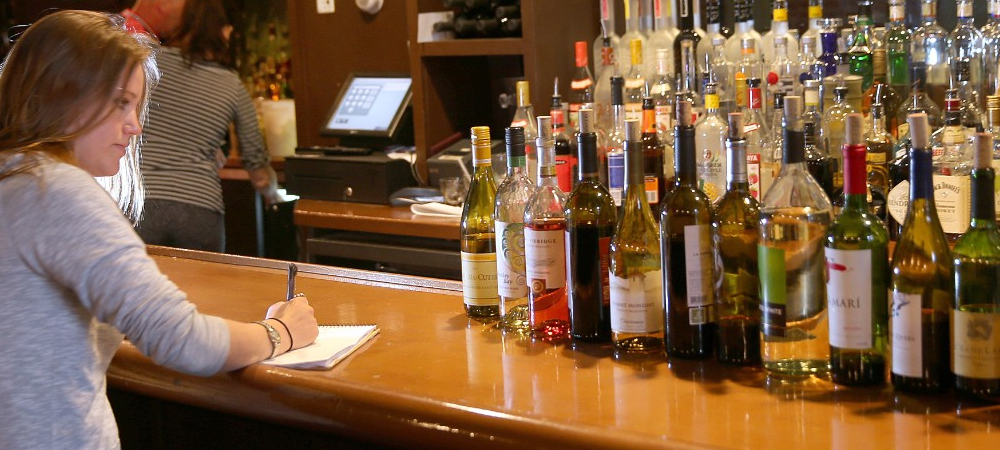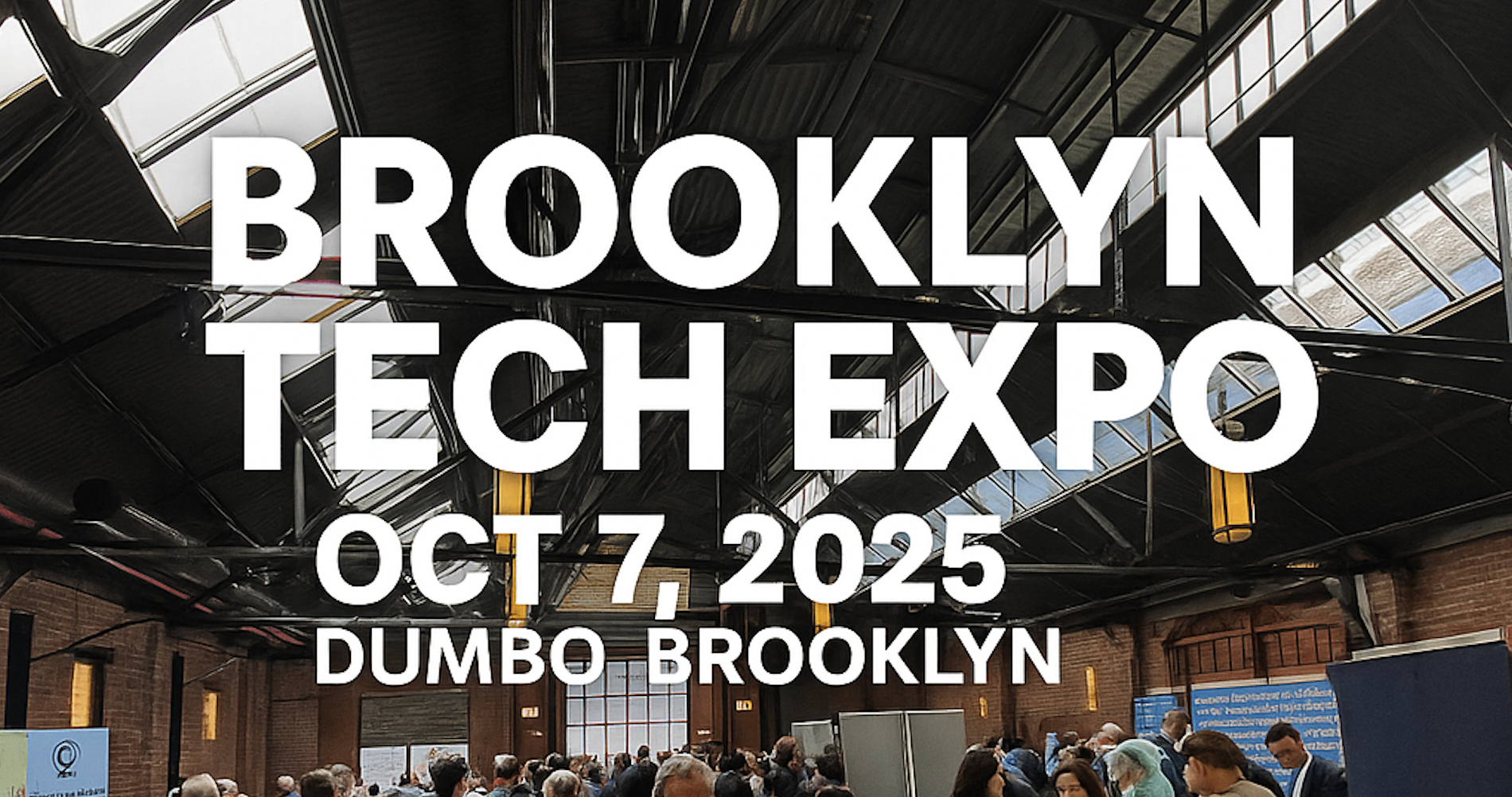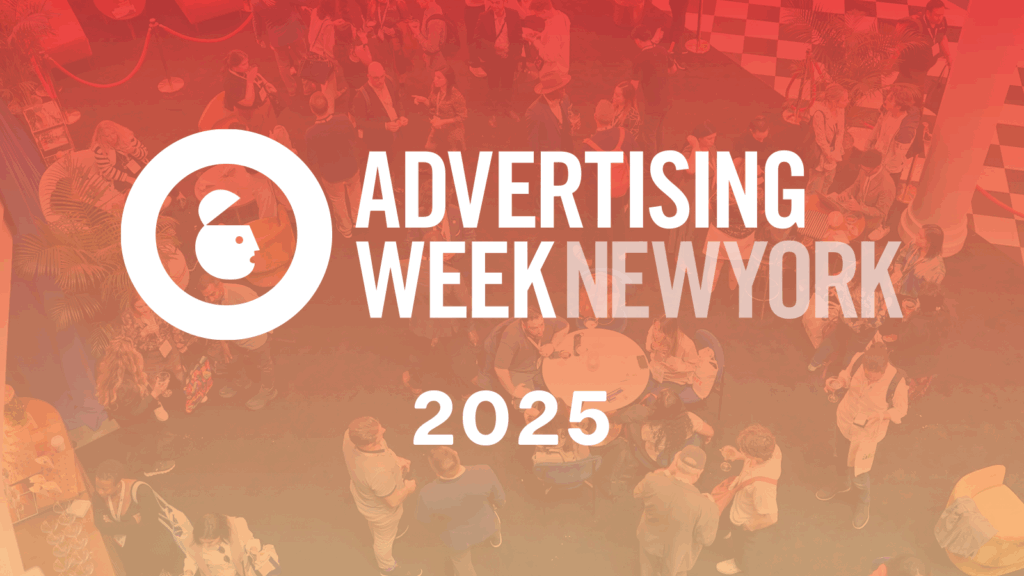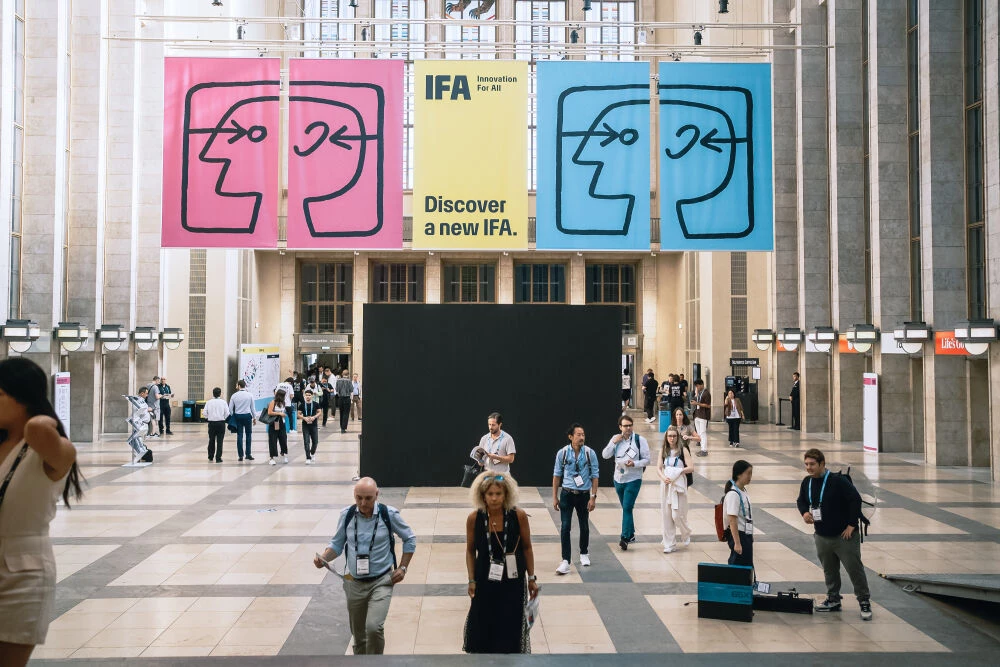As you know, there are a lot of buzzwords used in wine and spirits marketing today, but what do these words actually tell consumers about the products?
What influence do they have on purchasing?
For example, recent research from The Harris Poll shows that 60 percent of consumers think the words “handmade” or “handcrafted” communicate that a product is high quality.
To connect with consumers in ways that resonate and drive sales, your brand needs a tightly defined messaging and a communications strategy that audiences identify with and builds buzz for your brand. 5W Public Relations, an top 20 US PR agency whose clients include Three Olives, 1800 Tequila and Maestro Doebel, has prepared the infographic below to offer insight on buzzwords used in the spirits industry and their impact on consumers.
PR Overview
- Great Alcohol PR Campaigns
- Heineken Ignite
- Budweiser
- Antarctica Beer
- MEDEA Vodka
- The Most Out-of-the-Ordinary Alcohol PR Stunts
- Hendrick’s Giant Cucumber Aircraft
- Suntory’s Complex Ice Sculptures
- Jagermeister’s Iceberg Gig
- Whyte and Mackay’s Bar on a Crane
- Fred Noe’s Jim Beam Tattoo
- Crafting a Strong Spirit / Alcohol Brand Public Relations Message
Great Alcohol PR Campaigns
With the popularity of alcohol, it might seem like having a great PR campaign in the industry might be needless. Rampant competition in the industry, however, means that the companies that come with imaginative new PR campaigns generate renewed excitement in their brands. Here are some of the best PR campaigns that have graced the alcohol industry:
Heineken Ignite
To encourage nighttime partiers to buy more of the drink, Heineken put LED lights on their bottles. Sound and motion trackers on the bottles allow it to turn it on when someone picks it up. The sound motion was meant for club-goers, as it means the bottle can light up in sync with the beat at a club. Adding more to the party mood, the lights activate at varying speeds, meaning that there’s a flurry of lights when there’s a bunch of unopened bottles.
Budweiser
Embracing social media and new ways for people to connect, along with increased inclinations to form friends after alcohol intake, the brand has created cups that let people find each other on Facebook by tapping their cups together. The cups look like regular plastic cups, but the technology allows them to “communicate” with other cups they come into contact with, automatically sending out Facebook friend requests.
The campaign generated renewed buzz for Budweiser’s alcohol offerings, particularly among the younger demographics.
Antarctica Beer
One of the largest festivals in the world, Carnival in Rio receives over 2000000 attendees every year. Because of the large attendance, littering can often be a huge problem. Along with that, people tend to have problems getting back to their homes or accommodations. Antarctica Beer came up with a PR campaign that allowed them to increase both their popularity and sales during the festival. During the carnival, attendees can scan the code on their empty Antarctica Beer bottle. Doing so allows them to get free train tickets, while also providing them with the chance to leave the empty beer bottles for recycling.
MEDEA Vodka
MEDEA Vodka, the Dutch vodka brand, wanted to endear itself more to its customers when they’re in search of a bottle to give away as a gift. The company did that by releasing limited edition bottles that have a scrolling limited edition sticker. While the stickers come with messages such as “Happy Birthday,” “Happy Anniversary,” “I Love You” and other common gift sayings, they can be easily programmed to show a custom message.
The LED panels can be bought in different color options, providing greater personalization. Medea Vodka’s PR campaign made the brand more popular with the gift market, introducing new customers to the company while giving existing customers increased variety.
Creative PR campaigns can make a brand truly stand out in the alcohol industry, broadening its appeal to a larger number of people. The brands above used innovative campaigns to offer their customers additional reasons to buy from them while fostering memorable brand images.
The Most Out-of-the-Ordinary Alcohol PR Stunts
While many alcohol brands are content to stop at innovative but tame marketing campaigns, some push the envelope and go for PR stunts that pack much more shock factor. The campaigns used by these companies vary in both expense and scope, but they’ve generally had massive success, creating renewed success and exposure for the brands.
Hendrick’s Giant Cucumber Aircraft
In an example of a brand possessing the finances to bring a quirky and costly PR campaign to life, gin brand Hendrick’s stuck to its creative roots and launched what it dubbed the world’s first flying cucumber dirigible.
It was decorated with a giant and clearly visible eye, with the lettering “Hendrick’s Gin” above that. The aircraft traveled at 35 miles per hour at nearly 1,000 feet. It could be spotted in San Francisco, Austin, Dallas, New York, Philadelphia, Indianapolis, and Chicago.
Suntory’s Complex Ice Sculptures
Using cutting-edge technology, Japanese whisky producer Suntory developed several highly detailed ice cube sculptures. All the sculptures are small enough to fit in a standard whisky glass, and they were popularized through a creative advertising campaign.
The 3D-printed sculptures include a wide selection of designs, including a diamond ring,a mermaid, a bust of Abraham Lincoln. TBWA/Hakuhodo, a Japanese creative agency, supported Suntory with the campaign.
Jagermeister’s Iceberg Gig
Jagermeister isn’t shy to push the boundaries when it comes to its marketing campaigns, and has been responsible for some of the most outlandish marketing tactics in the alcohol industry over the years.
One of Jagermeister’s most creative PR campaigns involved hosting a gig with The Defiled, a British metal band, on a giant drifting iceberg. The cold surroundings were meant to tally with the brand’s cold signature shot serve.
Whyte and Mackay’s Bar on a Crane
Whyte and Mackay, the Scotch whisky producer, opened a bar on a strange location when it opened a pop-up on top of a crane in the city of Glasgow, attracting a lot of eyes to the brand. The elaborate and carefully planned PR stunt coincided with the company’s 170th anniversary.
The bar, known as the Lion’s Clyde Bar, was on the wheelhouse of the 107-year old Titan Crane for only four days. However, the stunt generated enormous interest. At the time it was open, it was also one of the smallest bars in the entire country of Scotland
Fred Noe’s Jim Beam Tattoo
Fred Noe promised the internet he would get a tattoo of the Jim Beam logo if the brand’s Facebook page received at least a million likes. It was an inexpensive stunt and one that was highly successful, as the page quickly shot to over 2 million likes from under 250,000. Noe, true to his word, got the alcohol brand’s logo tattooed on his arm.
The alcohol industry is one in which companies are constantly trying to outdo the competition in crafting the most eye-catching and interest-netting campaigns. The organizations above embraced what’s unique about their brands and used that as fuel to create great PR campaigns.
Crafting a Strong Spirit / Alcohol Brand Public Relations Message
The top takeaways and current trends in the wine and spirits industry:
- “Handmade/handcrafted” tops the list as a mark of quality, with nearly 60% of adults saying it communicated that the product is high quality. “Artisanal/custom” are next, follow by “craft” and “limited edition”. “Small batch” trails the others with only 25% saying it influences purchases.
- Handmade/Handcrafted – 59% say it affects opinion, 48% say it affects buying
- Artisanal/Custom – 46% say it affects opinion, 36% say it affects buying
- Craft – 44% say it affects opinion, 32% say it affects buying
- Limited Edition – 41% say if affects opinion, 37% say it affects buying
- Small Batch – 31% say if affects opinion, 32% say it affects buying
- Some descriptions are just better suited for one product over another
- Wine and spirits are best described by Limited Edition and Small Batch
- 25-30% agree – Around a third of 21+ Americans feel “limited edition” and “small batch” are descriptive of wine and spirits
- Beer best tapped into the Craft description
- 52% agree – Over half of all drinking-age Americans feel beer is an appropriate fit for “craft”
- “Handmade/handcrafted” and “artisanal” are terms more suited to foods like chocolate, coffee, baked goods and cheese
- Not your grandfather’s cocktail
- When it comes to influence on purchasing decisions, key differences exist between generations. Millennials are more likely than all other generations to say “limited edition,” “custom,” “artisanal,” and “craft” have some affect on what they buy
- Limited Edition – 46% of millennials are influences, 46% GenX, 31% Boomers, 25% Mature
- Custom – 46% of millennials are influences, 35% GenX, 30% Boomers, 27% Mature
- Artisanal – 44% of millennials are influences, 34% GenX, 31% Boomers, 28% Mature
- Craft – 39% of millennials are influences, 30% GenX, 28% Boomers, 21% Mature
- Millennials: 18-37, GenX: 38-49, Baby Boomers: 50-68, Matures: 69+
Do you need help with Beverage Marketing strategy? Let’s chat today!
Curiosity Meets Code: How AI Is Redefining Innovation at the Brooklyn Tech Expo
The Brooklyn Tech Expo brought together founders, engineers, and marketers to explore what’s...
Beyond Impressions: How Purpose, Retail Media, and AI Redefined Advertising at AWNYC 2025
Advertising Week New York 2025 brought together marketers, brand leaders, and innovators to...
Beyond the Booth: How Influencers Helped Brands Stand Out in a Sea of Sameness at IFA 2025
IFA Berlin has just wrapped and 1,900 exhibitors from 49 countries flooded Messe Berlin with...




